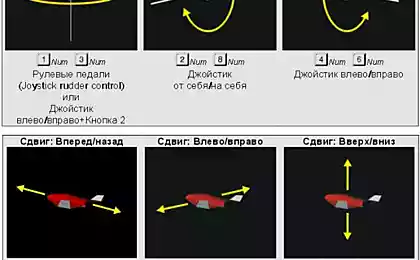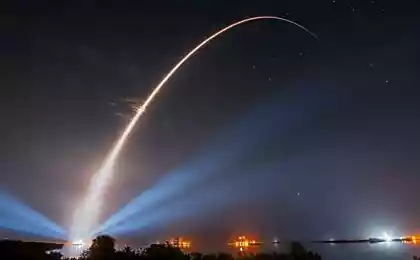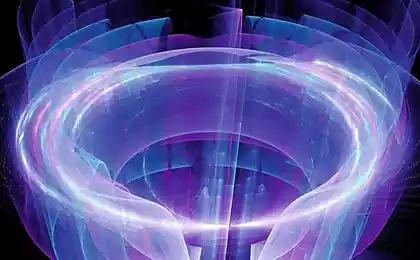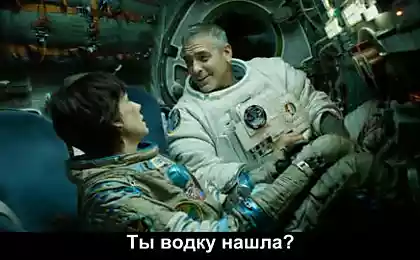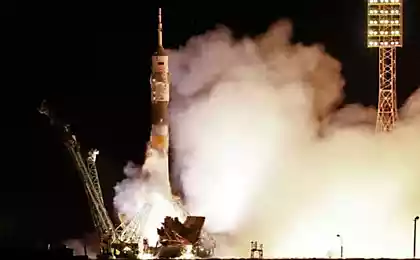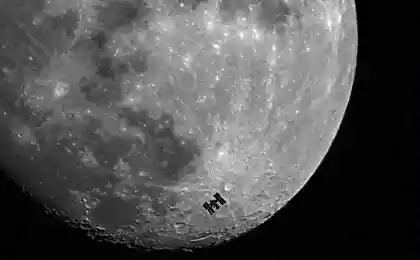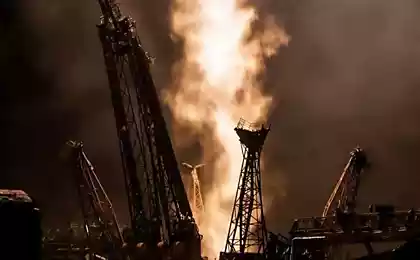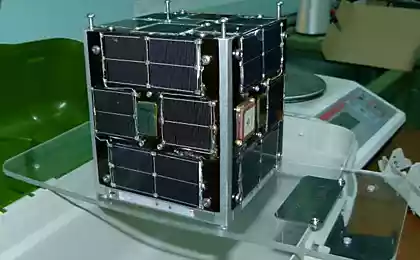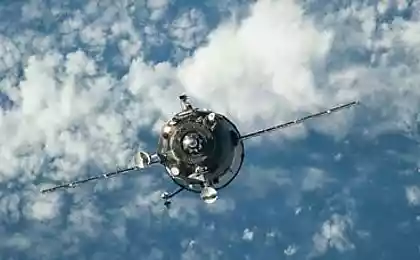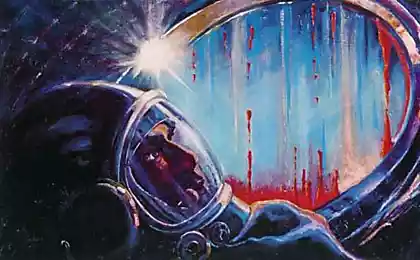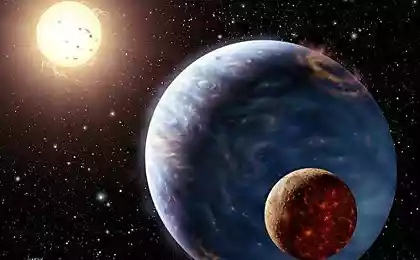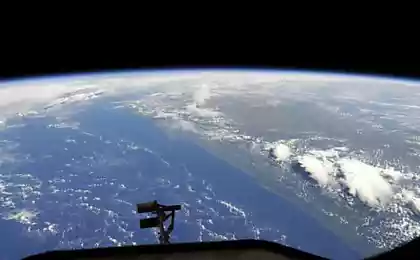480
The plan of the ESA by clearing the orbit of debris moved from the dead point
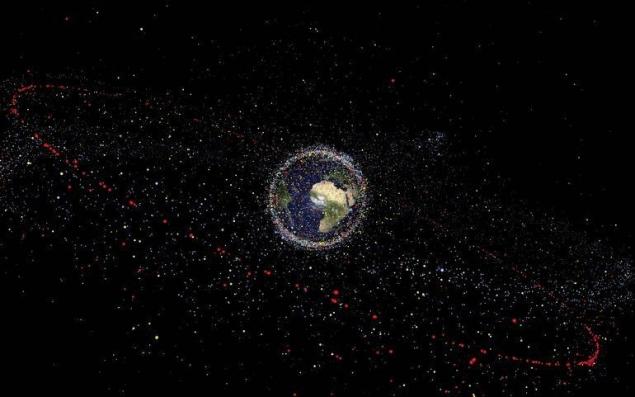
The plan of the European space Agency for cleaning up low-earth orbit from accumulated there after numerous space launches debris seem to have moved forward and entered the initial implementation phase. The essence of the program e.Deorbit ESA is the annual launch of multiple Autonomous spacecraft with the purpose of finding and disposal of failed satellites or other potentially hazardous man-made objects in low earth orbit.
Unfortunately, right now there remains the chance of a possible collision of the satellites. And as mankind begins to actively explore space, the chance of proportional increase, which eventually may lead to this catastrophic chain reaction.
One such incident has already occurred, for example, in 2009, when faced satellites Iridium 33 and Kosmos-2251. As a result of their collision formed a cloud of debris that end up in the past year have led to the threat of collision with the International space station. And if not for the cargo ship Georges Lemaître, ESA, thanks to which successfully managed to change the dangerous trajectory of the station, these fragments could cause serious damage to the ISS and possibly even lead to casualties.
Incidents such as those described above may eventually lead to low-earth orbit may become completely unusable. This development is also known as the Kessler Syndrome. Fortunately, scientists have attempted to avoid such a development. For example, new satellites will load a program that after completion of these satellites will change their trajectory, slipping from orbit and ultimately to divert to deep space.
However, now running the older satellites and rocket stages remaining after space launches, is already creating a lot of problems. The objective of the program e.Deorbit will be the solution to these problems. The project was officially moved from the dead point, and the B1 phase of its implementation. According to ESA, this means that the Agency currently intends to proceed with the completion of the design of satellites cleaners and later proceed to production.
"I am very pleased with the progress we have achieved," — says Manager of the project e.Deorbit Robin Biesbroeck. - "At this stage we will examine the details of specific operations, the development of subsystems of satellites e.Deorbit and especially the methods of capture and de-orbit space debris".
One of the variants of the capture space debris is a special harpoon system to a network, and also the possibility of using a robotic arm to capture the debris.published
P. S. And remember, only by changing their consumption — together we change the world! ©
Source: hi-news.ru
